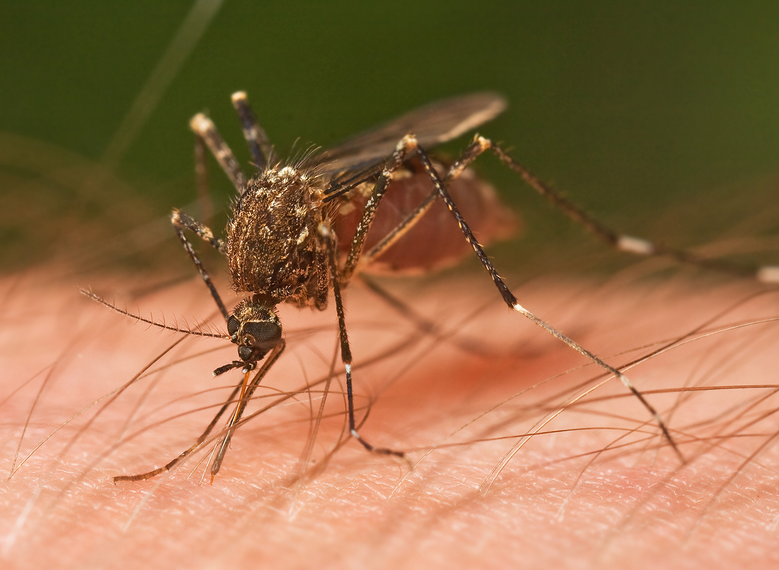The International Atomic Energy Agency (IAEA) and its partners have successfully tested releasing sterile mosquitos from drones as part of efforts to use a nuclear technique to suppress the vectors that spread Zika and other diseases.
The IAEA, in partnership with the Food and Agriculture Organisation (FAO), has worked with the Swiss-American non-profit group, WeRobotics, for the last year to develop a drone-based mosquito release mechanism.
The mechanism is for use in the application of the Sterile Insect Technique (SIT) to control insect pests, while testing of the system was carried out in Brazil.
SIT, a form of insect birth control, uses radiation to sterilise male mosquitos, which are then released to mate with wild females, and as these do not produce any offspring, the insect population declines over time.
Jeremy Bouyer, Medical Entomologist at the Joint FAO/IAEA Division of Nuclear Techniques in Food and Agriculture, said: “The release mechanism for mosquitos has until now been a bottleneck in the application of SIT to control human diseases”.
“The use of drones is a breakthrough, and paves the way for large-scale and cost-efficient releases, also over densely populated areas.”
The technique requires the uniform release of large numbers of insects in good condition over a given area.
Aedes mosquitos, responsible for the spread of diseases like dengue or yellow fever,do not disperse for more than 100 meters in their lifetime, creating a challenge for the effective application of SIT over large areas.
They are also fragile, and high-altitude releases by airplanes – often used in the application of the technique for other insects – may damage their wings and legs.
“The biggest challenge in designing this mechanism was keeping the mosquitos healthy and competitive while transporting and releasing them at cool temperatures.
“We’re pleased with initial tests that show less than 10 per cent mortality through the entire chilling, transport and aerial release process,” said Adam Klaptocz, co-founder of WeRobotics.
Until now, sterile mosquitos have been released using time-consuming and labour-intensive ground methods.
“With the drone, we can treat 20 hectares in five minutes. Weighing less than 10 kilogrammes, the drone can carry 50,000 sterile mosquitos per flight.
“At 10,000 Euro per drone, its use also reduces the cost of releasing mosquitos by half,” Bouyer said.
Brazil plans to start using the drone-based system in selected urban and rural areas from January 2019, at the peak of the summer and mosquito season.
“We are hopeful about the application of SIT for the control of Aedes aegypti in Brazil with the results from the drone tests,” said Jair Virginio, Director of Brazil-based Moscamed, a recently-designated IAEA Collaborating Centre.
The IAEA and its partners are now working to reduce the drone’s weight and to increase its capacity to carry up to 150,000 mosquitos per flight. (NAN)

